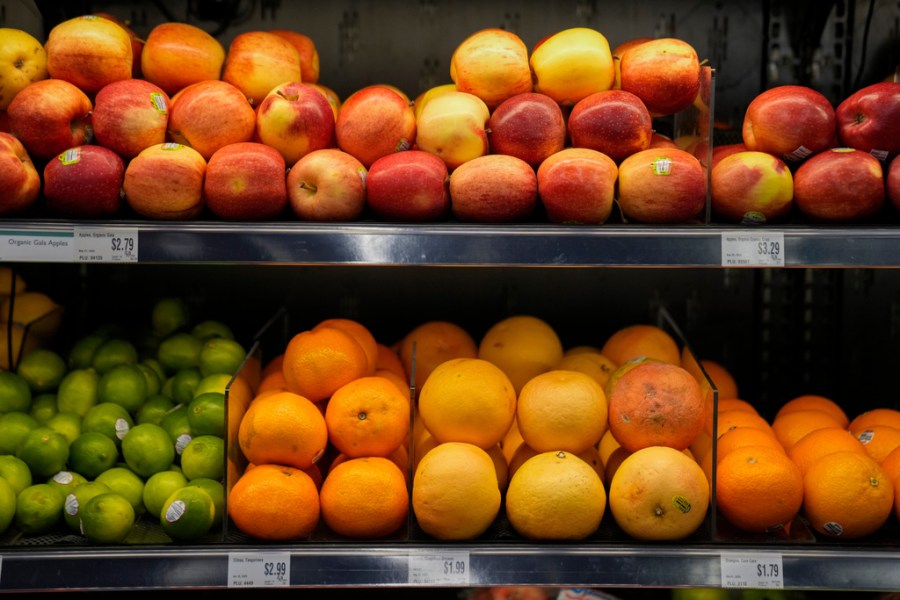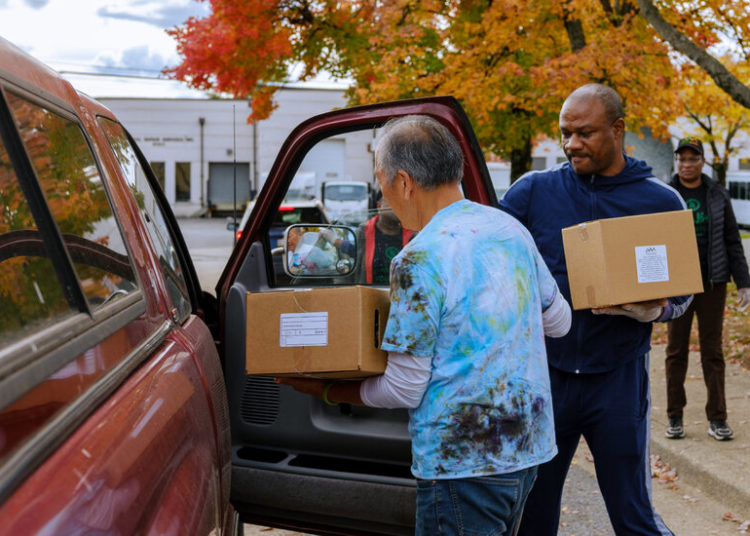(NEXSTAR) – Over 40 million Americans could lose access to federal food assistance Saturday if the government shutdown continues into November.
Barring a deal in Congress that would end the stalemate, the Supplemental Nutrition Assistance Program (SNAP), which helps roughly one in eight Americans buy groceries, will lose funding Saturday.
SNAP, which was previously known as “food stamps,” helps eligible low-income Americans and their families afford groceries. Money is loaded each month onto electronic benefit (EBT) cards, which can be used like debit cards at grocery stores, farmers markets and more. States are in charge of defining eligibility rules for their residents.
With November just days away, states and local organizations have been scrambling to find backup sources of food for recipients. The number of SNAP households varies significantly by county, even within the same state, the latest U.S. Census Bureau data shows.
A new map shows that sparsely-populated Wyoming is the only state in the nation without a county in which more than 10 percent of the population are SNAP beneficiaries.
The county map in other states is far more complex when it comes to median income and food security. In Texas, for instance, less than 5 percent of the nearly 25,000 households in Hood County, southwest of Fort Worth, receive SNAP benefits. In Starr County, in southern Texas, that number is 41 percent.
In Alaska, the range is even greater, with 2.7 percent of Haines Borough households on the low end, and 50.9% in the Kusilvak Census Area.
Loss of SNAP funding could affect millions of Americans
Most SNAP participants are families with children, more than 1 in 3 include older adults or someone with a disability, and close to 2 in 5 are households where someone is employed. Most have incomes below the poverty line, about $32,000 for a family of four, according to the Center on Budget and Policy Priorities. The USDA says nearly 16 million children received SNAP benefits in 2023.
The average monthly benefit is $187 per person.
Beneficiaries say that without the aid, they’ll be forced to choose between buying food and paying other bills. Food banks are preparing for a spike in demand that they’ll have to navigate with decreased federal aid themselves.
Not everyone receives their SNAP benefits on the first day of the month, though many beneficiaries get them early in the month, with some differences by state.
States expect retailers will be able to accept cards with balances on them.
The Associated Press contributed to this report.
The post MAP: See the number of SNAP participants by county as benefit lapse looms appeared first on WHNT.




